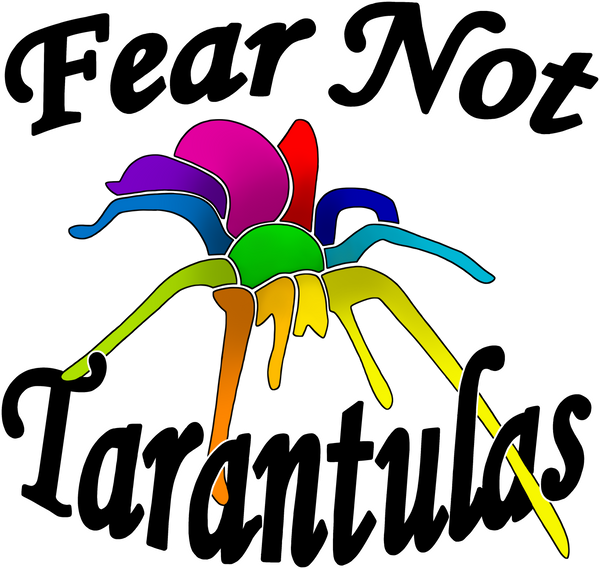Name and Description History:
Eurypelma iheringii Keyserling, 1891
Agathostola iheringi Pocock, 1895
Citharoscelus iheringi Pocock, 1903
Grammostola jheringi Simon, 1903
Grammostola gigantea Mello-Leitão, 1921
Grammostola iheringii Bücherl, 1957
Grammostola iheringi Schmidt, 1993
Type: New world. Opportunistic burrower
Size: 8-9”. Some say this is the largest of the Grammostola genus.
Growth Rate: Medium. This species actually grow quickly compared to other in its genus.
Natural Habitat: Brazil Southern Brazil – Rio Grande do Sul; Santa Catarina; Parana in the valley of the Rio Grande river. Uruguay, Argentina
Temperament: This species is feisty, but not aggressive. They are quick to run out from their hide to investigate and disturbance and are not shy creatures.
Housing Needs: Terrestrial setup. 5" of substrate and a starter burrow or a hide are appreciated by adults. They prefer a dryer substrate, so be sure not to soak the enclosure when providing water. A water dish is recommended.
About: This spectacular species is somewhat rare in the hobby. It is said to be the largest of the Grammostola and has a bit of a different temperament than most others in this genus. The velvet black body and deep burgundy abdomen make this one of the most elegant looking tarantulas in the hobby. It is much leggier than most in this genus. Grammostola are known to be slow-moving, docile, and generally less active than many tarantulas. This species, however, diverts from that description by being much more active and a little defensive at times. The iheringi is not usually a shy tarantula, and seems more aware of its environment than most others we have experience with. It makes an excellent display species as it stays out in the open more as a juvenile and adult. This tarantula is an aggressive eater, making feeding time quick!
From Tom’s Big Spiders
A gorgeous “grammy” with plenty of spunk.
GWA … Grammostola with Attitude!
The first thing that impressed me about this species was its temperament. Those used to other slow-n-steady Grammostola species (porteri, pulchripes, pulchra, etc.) might be taken off guard with the much more high-strung iheringi. This species is quite leggy and seemingly much faster than its cousins, and many keepers have commented on its speed. Upon opening her shipping container to rehouse her, she bolted from deli cup and took two laps around her container before I could blink. This is definitely not a slow, calm spider.
Also, those used to other Grammostola species with more tractable natures should be aware that iheringis are quite skittish and can be defensive. While cleaning out a bolus in my spider’s enclosure, I was startled when she burst from her den, slapped at my tongs, then bolted back to her hole. Although I’m pretty sure that she was rushing what she hoped to be a food item, the experience was still quite eye-opening. This is definitely not a species I would risk holding, and care should be taken for feeding and maintenance. To read the rest, click here.



